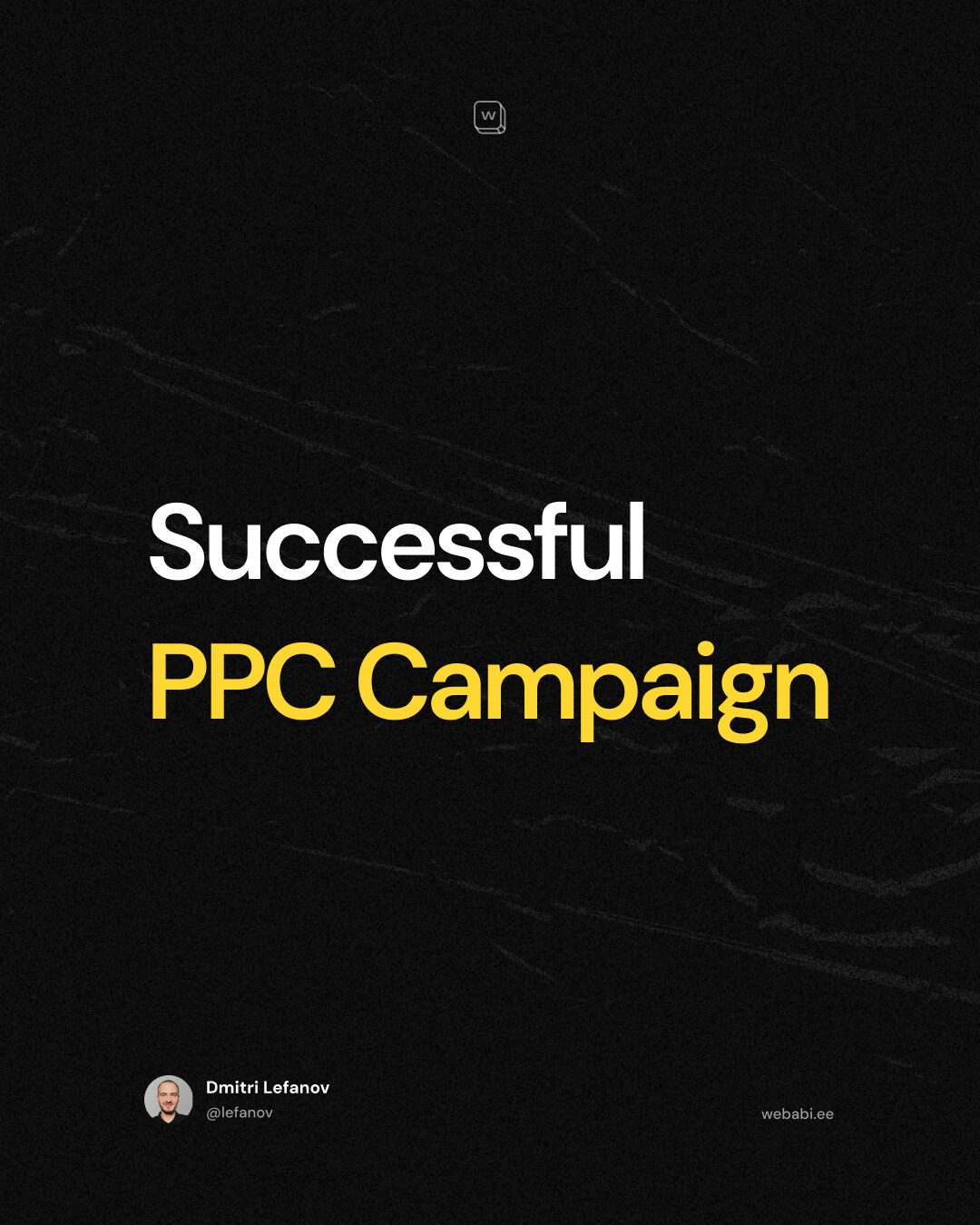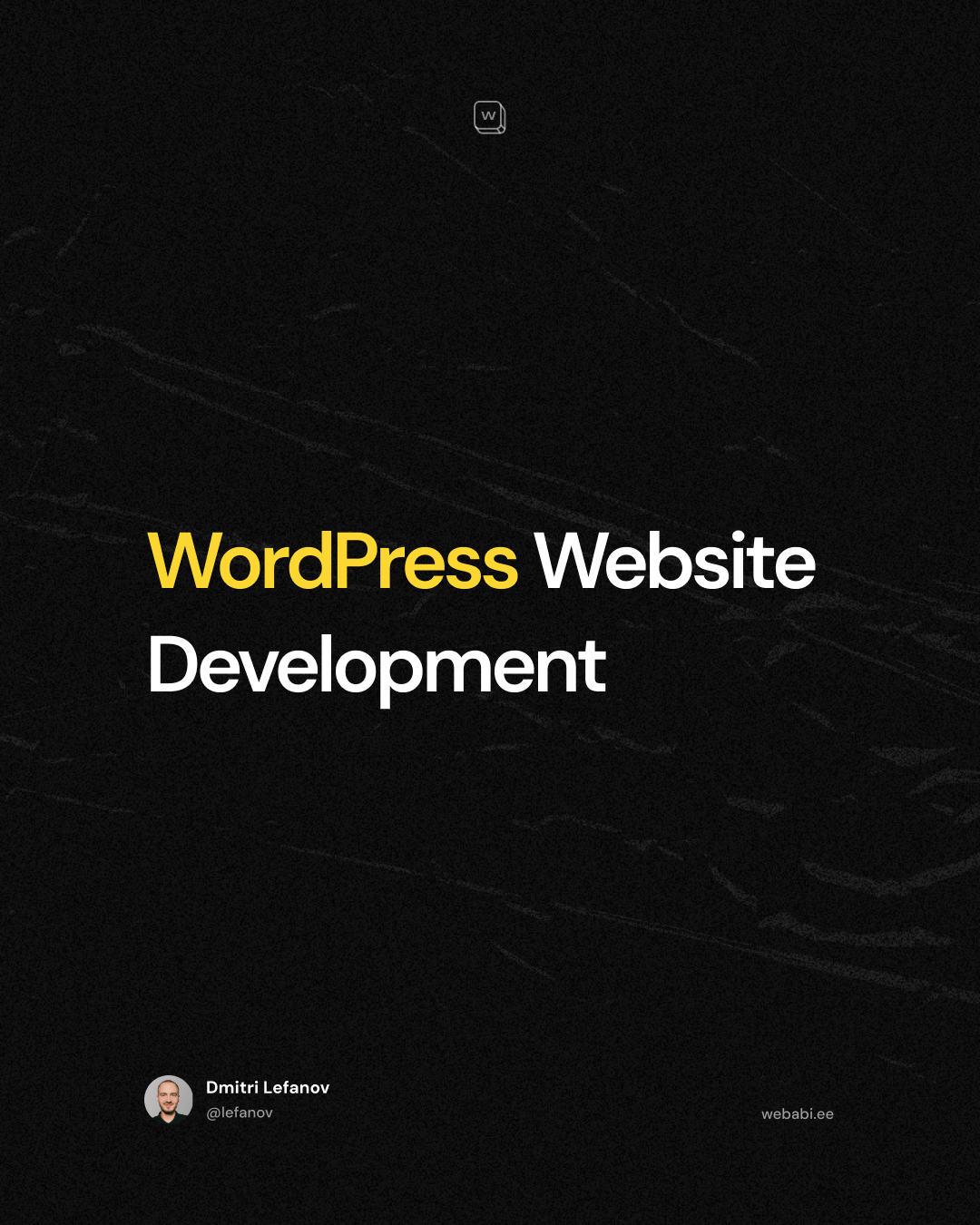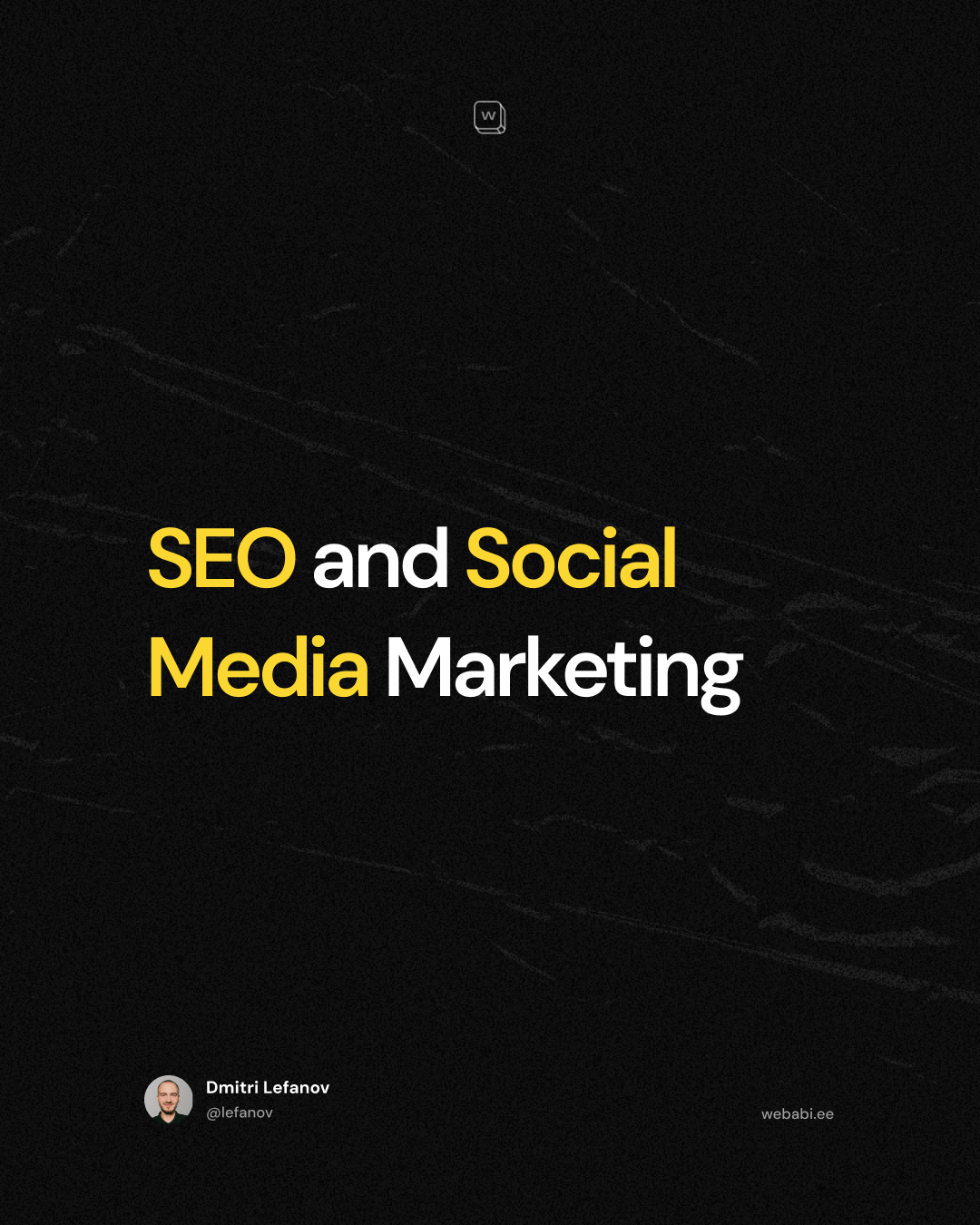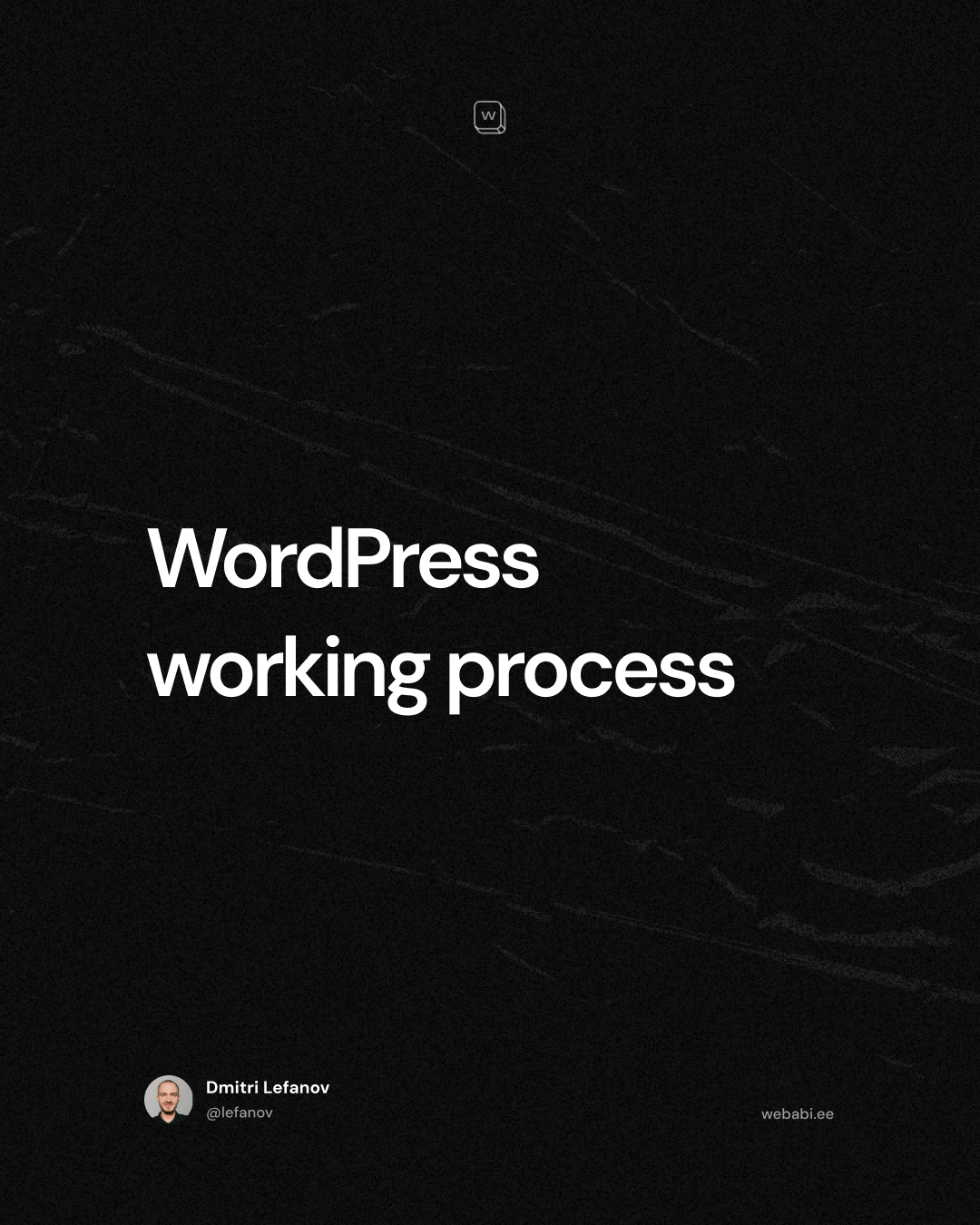You’re running ads. Clicks are coming. Budget’s burning.
But there are no leads. No sales. And then someone says:
“Google Ads doesn’t work.”
Maybe.
But maybe… your website just isn’t doing its job.
PPC isn’t a magic trick — it’s a magnifier.
Google Ads is powerful. But only if you’ve got a system behind it that actually converts.
You can’t run broken traffic into a broken page and expect real results.
Ads amplify — they don’t fix.
If your offer is unclear, your design is messy, and your mobile site is a nightmare — Google Ads will just show that to more people.
But hey, clicks are cheap, right?
Let’s get real.
Cheap clicks ≠ success.
You can drive traffic for 5 cents.
But if your average page session is 4 seconds — you’re just burning money.
You’re fighting for attention.
And attention costs.
Every visitor you pay for is a real person who could become a lead.
But only if your site keeps them there.
Why PPC fails (and it’s not Google’s fault)
- Unclear offer
Users land, but have no clue what’s in it for them. - Cluttered design
Too much noise, no focus, poor visual flow. - Slow loading
5+ seconds and they’re gone. - No clear CTA
If you don’t say what to do — they won’t do anything. - Mobile UX is broken
Most traffic comes from mobile. If it sucks, you’re toast.
Ask yourself first: Does your website actually sell?
Before you even think about launching ads, look at your landing page like a stranger.
- Do you instantly know what’s being offered?
- Does it feel legit?
- Is the CTA obvious and scrollable?
- Is the mobile version working smoothly?
- Can someone act in under 10 seconds?
If not — don’t buy traffic. Fix the house first.
So what makes PPC actually work?
✅ A solid landing page
– One clear message. One goal. One action.
✅ Precise targeting
– Don’t bring in the wrong people just to fill the report.
✅ Strong creative
– Don’t write “Best deals” — talk problems and solutions.
✅ Data-driven testing
– Run A/B tests. Adapt fast. Learn what clicks (and converts).
✅ SEO and PPC together
– Paid ads give you fast results.
– SEO (like proper on-page structure and content) builds long-term value.
How We Do PPC at Webabi
We don’t just run ads and pray.
We audit the website first.
If the UX, offer, and structure are weak — we fix that. Then we scale traffic.
We check:
- Speed & structure (WordPress + mobile-first setup)
- Messaging & CTA clarity
- Design that supports the offer
- Conversion tracking (yes, real numbers)
Only then — we push the ads.
Real story
A client came to us saying:
“Clicks are cheap, but no one’s converting.”
Landing page was slow, offer was vague, CTA was buried.
We cleaned up the design, clarified the pitch, and put the action button front and center.
Same ad budget. Same campaign structure.
6x more conversions in 2 weeks.
Sometimes it’s not the ad.
It’s what happens after the click.
🧠 Main takeaway of the post:
Google doesn’t sell.
Your landing page does.
Fix the site first. Then fuel it with ads that convert.



